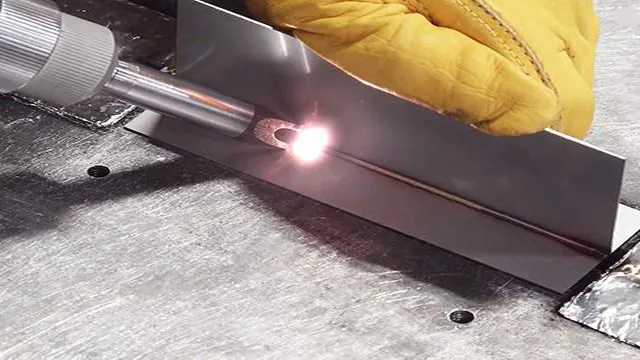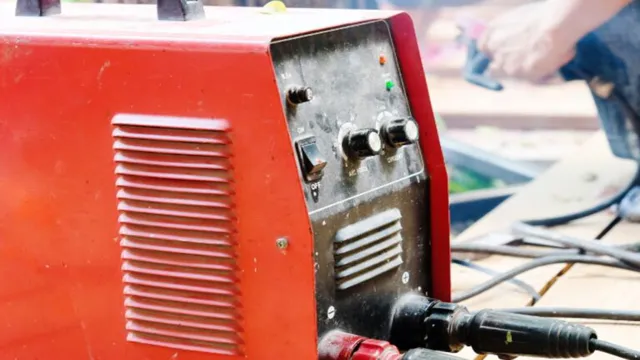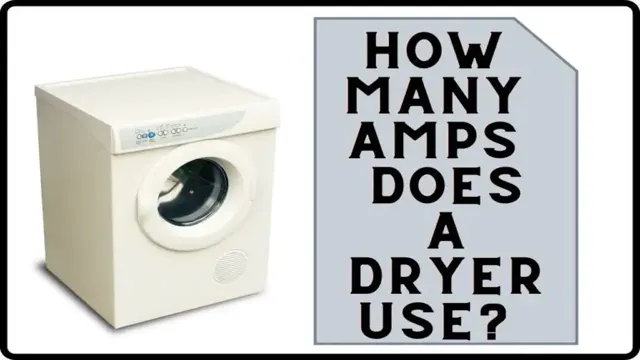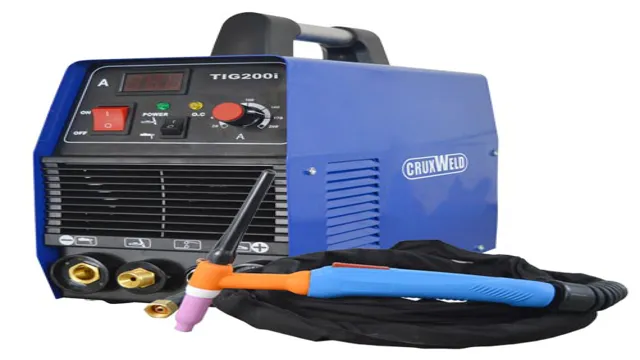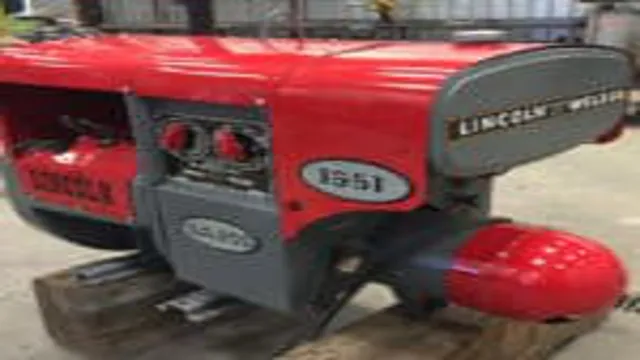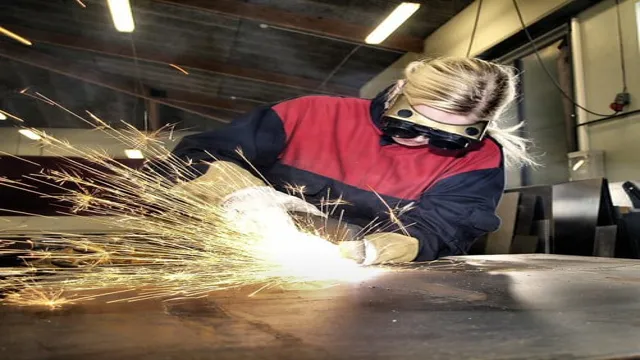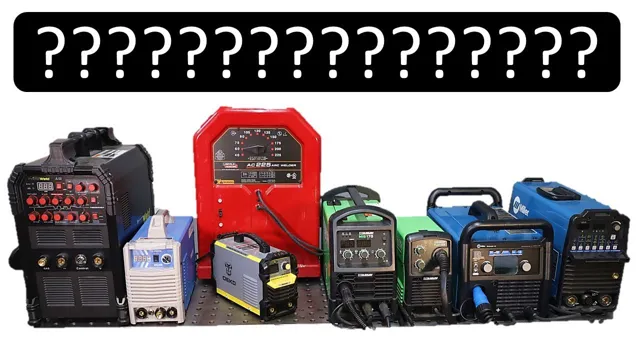What is the Difference Between Mig and Tig Welding Machines? A Comprehensive Guide
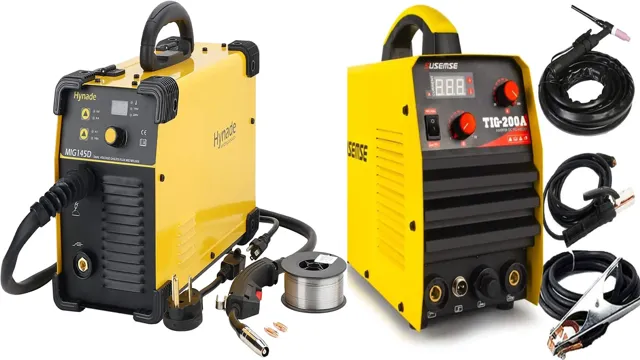
If you’re a welder, you’ve probably heard of MIG and TIG welding machines. But what’s the difference between the two? And which is better? In this blog post, we’ll explore the features and benefits of both MIG and TIG welding machines, so you can make an informed decision on which one is right for your needs. First, let’s start with the basics.
MIG welding stands for Metal Inert Gas welding, which uses a wire electrode to fuse two pieces of metal together. TIG welding, on the other hand, stands for Tungsten Inert Gas welding, and uses a tungsten electrode to produce the weld. Both processes have their pros and cons, and it ultimately depends on what you’re looking for in a welding machine.
MIG welding machines are known for their speed and efficiency, making them a popular choice for large-scale projects. They’re also easy to use, making them a great option for beginners. TIG welding machines, on the other hand, produce high-quality welds that are aesthetically pleasing and precise.
They’re typically used for thin and delicate materials, like aluminum, stainless steel, and copper. In terms of cost, MIG welding machines are generally less expensive than TIG welding machines. MIG welding machines also require less skill and experience to operate, making them a more accessible option for hobbyists and DIYers.
TIG welding machines, however, can produce higher-quality welds and offer more control over the welding process. Ultimately, the decision between MIG and TIG welding machines comes down to the type of project you’re working on, your skill level, and your budget. Both have their strengths and weaknesses, and it’s important to weigh these factors before making a decision.
So, whether you’re a novice welder or a seasoned pro, choose the welding machine that best suits your needs and preferences.
Introduction
So, you’re looking to purchase a welding machine but can’t decipher the difference between a MIG and TIG machine? Well, the main difference between these two welding machines is in the technique used to join metal. MIG (Metal Inert Gas) welding uses a continuously feeding wire electrode and a gas mixture to join metals together. In contrast, TIG (Tungsten Inert Gas) welding uses a non-consumable tungsten electrode to heat and melt the metals, while a separate filler rod is manually added to the weld pool.
Another key difference is that MIG welding is ideal for welding thicker materials, making it an ideal choice for machinery, construction and automotive repair, while TIG welding is used to weld thinner gauge materials and is preferred for situations where precision and control are necessary, such as in the aerospace industry. Ultimately, your choice will largely depend on the types of materials you plan on welding and the level of control needed for your projects.
Explanation of welding
Welding is the process of joining two or more materials, typically metals, by applying heat and pressure to melt and fuse them together. It is a crucial process in construction, manufacturing, and repair industries. The manner in which the materials are joined together depends on the type of welding method used, which can range from the traditional oxy-acetylene welding to modern methods like laser welding.
In general, welding involves three basic steps: preparation, welding, and post-welding. During preparation, the materials are cleaned and prepared for welding by removing any dirt or grease. The welding process involves heating the materials to their melting point and joining them together, either with or without filler material.
Post-welding involves cleaning and finishing the welded joint to ensure a strong and durable bond. Welding requires a great deal of skill, knowledge of materials, and safety precautions to be performed safely and effectively.
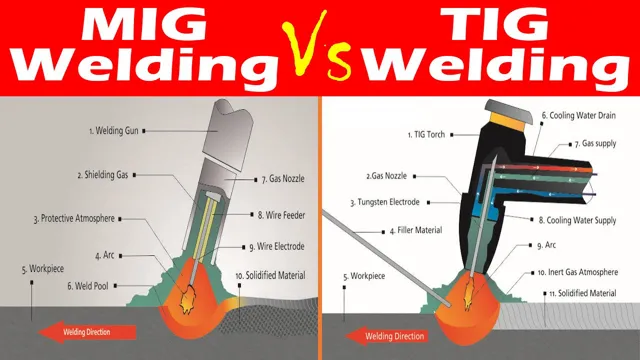
Brief overview of mig and tig welding
MIG and TIG welding are two of the most common types of welding techniques preferred by welders across various industries. In Metal Inert Gas (MIG) welding, a wire electrode is fed into the weld pool, which melts and joins two pieces of metal. MIG welding is known for its ease of use, speed, and ability to weld thick materials.
On the other hand, Tungsten Inert Gas (TIG) welding uses a tungsten electrode to produce the weld. TIG welding is a bit more complex compared to MIG, but it provides more precision and control over the weld, making it ideal for welding high-quality materials such as aluminum, stainless steel, and copper. In summary, MIG welding is best for metals that demand strong and efficient welding, while TIG welding is ideal for materials where precision and finesse are necessary.
MIG Welding Machines
MIG and TIG welding are two common types of welding techniques used in welding workshops, and both require their respective welding machines. However, the primary difference between these two types of welding machines is in the welding process. MIG welding machines are designed to handle the MIG welding process, which is recognized for its fast welding speed.
This welding process involves feeding metal wire into the weld pool to bond the two metals together. On the other hand, TIG welding machines are specifically designed to handle the TIG welding process, which is recognized for its accuracy and precision. This welding process uses a tungsten electrode and filler rod to create a clean weld.
Overall, MIG welding machines are best suited for rapid welding while TIG welding machines are best for welding small, intricate parts like aluminum tubing or thin sheet metal. So, if you’re unsure which type of welding machine to use, assess your welding needs and choose accordingly.
Explanation of MIG welding process
MIG welding machines are an integral component of the MIG welding process, which is widely used across various industries for fabrication and welding purposes. MIG stands for Metal Inert Gas, and the welding process involves heating and melting two or more metal pieces together by creating an electric arc between the workpiece and a consumable wire electrode. MIG welding machines come in different sizes and types, ranging from small handheld units to large industrial machines.
The size of the machine depends on the application and the thickness of the metal being welded. The most common MIG welding machines are the constant voltage machines and the pulsed voltage machines. Constant voltage machines provide a steady stream of voltage to create a consistent arc length, which is ideal for welding thinner metal pieces.
Pulsed voltage machines, on the other hand, alternate between high and low voltage to create a pulsing arc that is suitable for welding thicker metals. MIG welding machines can also vary in terms of the welding wire speed, which determines the amount of wire fed into the workpiece. MIG welding machines are versatile and easy to use, making them popular among both professionals and DIY enthusiasts.
They offer several benefits, including high welding speeds, reduced spatter, and minimal cleanup. Additionally, MIG welding machines can weld a variety of metals, including stainless steel, aluminum, and mild steel. In conclusion, MIG welding machines are an important tool in the MIG welding process, providing a reliable and efficient way to weld metals.
Whether you’re a hobbyist or a professional welder, choosing the right MIG welding machine can make a significant difference in the quality and efficiency of your welding projects.
Features of MIG welding machine
MIG welding machines are incredibly versatile tools that are widely used in various industries. One of the key features of these machines is their ability to weld thick materials quickly and efficiently. This is because MIG welding machines use a wire that feeds through the machine and is melted to create the weld.
This wire is fed continuously, allowing for a quick and continuous weld. Another advantage is that MIG welding machines are easy to use and can be operated by both professionals and amateurs. They are also highly efficient, allowing users to produce high-quality welds with minimal effort.
Additionally, MIG welding machines are highly customizable, and users can adjust the settings to suit their specific welding needs. They are also highly versatile and can be used to weld various materials, including steel, aluminum, and stainless steel. Overall, MIG welding machines are an excellent choice for anyone looking for a highly efficient and versatile welding tool.
Applications of MIG welding machine
MIG welding machines are incredibly versatile and can be used for a wide range of applications. One of the biggest advantages of this type of welding machine is that it’s easy to use, making it a great option for novice welders. With a MIG welding machine, you can effectively weld metals like steel, aluminum, and stainless steel.
The process is also great for welding thin metals since it produces a low heat input and less distortion. This makes it a popular choice for welding thin-gauge materials used in automotive manufacturing and repair. MIG welding machines are also commonly used in construction, fabrication, and even DIY projects like creating metal wall art.
With the right settings and accessories, you can use a MIG welding machine for both flux-core and solid wire welding, making it a versatile tool for any welding project.
TIG Welding Machines
If you’re new to welding, you might be wondering what the difference is between MIG and TIG welding machines. MIG, or Metal Inert Gas, welding machines use a shielding gas that protects the weld from contamination. This gas is fed through a wire electrode, which melts and fuses the metal together.
TIG, or Tungsten Inert Gas, welding machines use a tungsten electrode to create an arc that melts the metal together. Unlike MIG welding, TIG welding requires no shielding gas – instead, the tungsten electrode creates a localised heat source that melts the metal. Both techniques have their benefits and drawbacks, and the choice between them will depend on the specific job you’re working on.
MIG welding is generally faster and easier to learn, while TIG welding is more precise and produces a cleaner weld. Ultimately, the choice between MIG and TIG welding machines will come down to your specific needs: the type of metal you’re working with, the thickness of the weld, and the level of precision required.
Explanation of TIG welding process
TIG welding is a precise welding process that requires a special machine to get the job done accurately. TIG welding machines are designed specifically for this process and have features that set them apart from other welding machines. These machines use a tungsten electrode to produce an arc that melts the metal being welded.
A shielding gas is then used to protect the weld from oxidation and other impurities that can weaken it. One of the key features of a TIG welding machine is the foot pedal control. This allows the operator to control the heat and amperage of the weld with their foot, resulting in more precise and consistent welds.
TIG welding machines also typically have a high-frequency start option, which is useful for welding thin materials or in tight spaces. Overall, TIG welding machines are an essential tool for anyone looking to perform high-quality welds on a variety of materials. With their precision and advanced features, these machines can help you achieve the perfect weld every time.
So if you’re serious about welding, investing in a TIG welding machine is definitely worth considering.
Features of TIG welding machine
TIG welding machines are highly favored by welders for their precision and clean welds without splatter. They use a tungsten electrode to create an electrical arc with the base metal, which is then melted down to form the weld joint. TIG welding machines are ideal for producing high-quality welds on thin materials such as stainless steel, aluminum, and copper.
They are very versatile as they allow welders to adjust the heat input, current, and shielding gas to suit different materials and weld thicknesses. Another feature of the TIG welding machine is its ability to provide excellent control over weld joints. This is because TIG welding can be conducted without filler metal, allowing precise and accurate control over the welding process.
Overall, TIG welding machines are essential equipment for welders looking to produce high-quality, clean welds on thin materials.
Applications of TIG welding machine
TIG welding machines are used in a plethora of applications today, thanks to their versatility and flexibility. One of the significant advantages of TIG welding machines is their ability to produce high-quality welds with excellent precision and accuracy. This feature is why TIG welding machines are commonly used in the manufacturing and repair of aerospace, aviation, and automotive parts.
Additionally, TIG welding machines are also used in the welding of stainless steel and aluminum, as they produce greater stability and control during the welding process. In the artistic world, TIG welding machines find their application in the creation of sculptures, furniture, and other decorative pieces. Such applications require immaculate finishes, and TIG welding machines can deliver that with ease.
Overall, TIG welding machines are versatile, accurate, and highly efficient, making them a popular choice across numerous industries.
Conclusion
In conclusion, the difference between MIG and TIG welding machines is like the difference between a high-tech sports car and a classic vintage ride. MIG welding is like the speedy sports car, providing a fast and efficient welding process for thicker materials, while TIG welding is more like the classic car, providing a delicate touch and precision for thinner materials. Ultimately, it comes down to the type of project you’re working on and what kind of welding machine fits your needs.
So choose wisely, and let your welding skills take you on a smooth ride towards the perfect final product.”
FAQs
What is MIG welding?
MIG welding stands for Metal Inert Gas welding. It uses a spool of wire that is fed through a welding gun to create a weld.
What is TIG welding?
TIG welding stands for Tungsten Inert Gas welding. It uses a tungsten electrode to create the weld and requires a separate filler material.
What is the main difference between MIG and TIG welding?
The main difference is in the types of electrodes used. MIG uses a wire electrode, while TIG uses a tungsten electrode.
Which welding machine is better for thinner metals, MIG or TIG?
MIG welding is better for thinner metals as it can be done at a higher speed and with less precision.
Which welding machine is better for thicker metals, MIG or TIG?
TIG welding is better for thicker metals as it provides a more precise and controlled weld.
What are the advantages of MIG welding?
MIG welding is faster than TIG welding, easier to learn, and can be done on a variety of metals.
What are the advantages of TIG welding?
TIG welding provides a more precise and controlled weld, is better for thin metals, and produces clean and high-quality welds.

